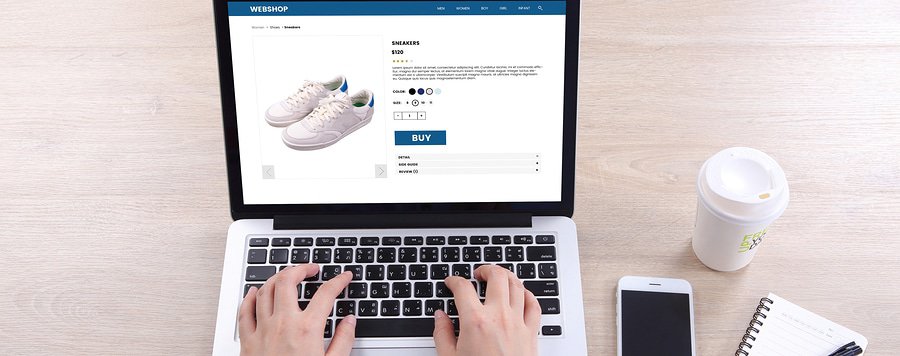As the novel coronavirus pandemic continues to negatively impact the economy, retailers the world over are struggling to keep afloat. While brick and mortar shops have seen the worst economic impacts, forcing many to close their doors either temporarily or permanently, the e-commerce sector is also facing its share of struggles. To help stimulate e-commerce, Google recently began to roll out a free version of its popular Google Shopping, allowing retailers to take advantage of the platform without the costs typically associated with the service. Here is an in-depth look at what Google’s rollout means for retailers and how to optimize retail websites for the free service.
Google Shopping: A Brief History
Originally launched in 2002, Google Shopping has gone through several name changes and significant updates since its earliest days. Originally, the service was named Froogle, and was designed to give users the ability to shop for goods and services online while comparing prices. Underneath the hood of the service, Google modified its web crawling technology to pull product data directly from the webpages of vendors and retailers, then indexing them as search results for users.
Over time, Google rebranded the service and added both features and functionality. After being rebranded as Google Product Search, then Google Products, and finally Google Shopping, the search engine giant made its most dramatic move. In 2012, the company announced it was eliminating the free service and moving to a paid version where merchants would have to pay a service fee to have their products listed on the platform. Although controversial at the time and continuing in that vein until recently, Google Shopping has remained as one of the most powerful and popular online shopping experiences on the web.
A Move to Free Google Shopping?
In April, 2020, Google announced that it was resurrecting a version of the old Froogle by launching a free version of the modern Google Shopping platform. Within a few days of the announcement, search engine industry analysts and search engine optimization (SEO) professionals began to see free shopping results in online product searches. The rollout is not yet complete; careful observers will note that free listings appear next to paid listings, and in some cases, the free listings do not yet appear at all.
In the free version, paid listings still appear at the top of search results pages, followed by the free listings. Industry analysts suggest that the move to a free version adds appeal to both retailers and consumers. Google itself believes that it will help stimulate online purchasing by eliminating one of the cost barriers for small retailers who want their products to be displayed on Google Shopping, but do not want to commit to paid listings. In that respect, a growing number of smaller retailers will be able to utilize the service, helping to improve product visibility while attracting new consumers.
Optimizing for Google Shopping
Since the first days of Google Shopping, SEO professionals have been developing strategies for optimizing websites to take advantage of the service’s features. This has given rise to an entire subset of the SEO industry, referred to as ShEO, or Shopping Optimization.
Most optimization efforts are centered on utilizing the tools within Google Shopping, including taking advantage of the platform’s Merchant Center. Sellers can add products, prices, and much more, helping Shopping correctly index and categorize items for sale and making the discovery process easier for users.
The platform’s Campaign Priorities feature within the Merchant Center is an interesting tool that allows sellers to prioritize certain products by segmentation; this tools gives sellers the ability to bid more for the user search queries that are more likely to convert. To get the most out of this feature, sellers should study the datasets that Shopping provides on the service.
At InternetZone I, we are SEO professionals know that Google Shopping can improve search visibility for products being sold, and may potentially drive significant business growth. Shopping, combined with traditional SEO practices to improve search visibility and discovery of web content, can be the one-two punch retailers are looking for. Now that the service is free, there is no excuse not to take advantage of the power and reach of this impressive online shopping experience.
